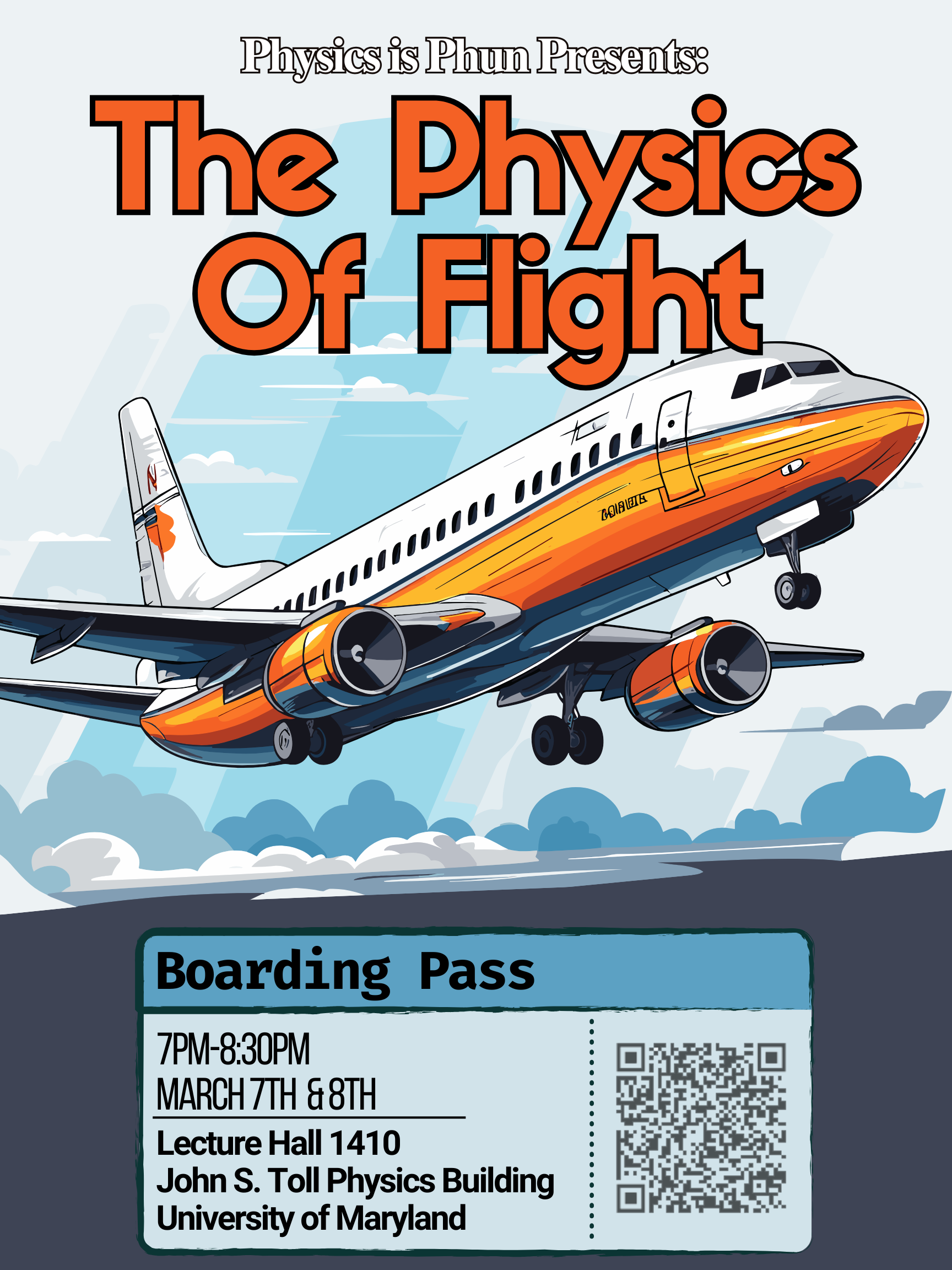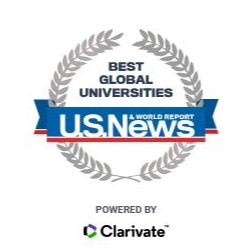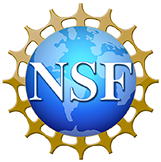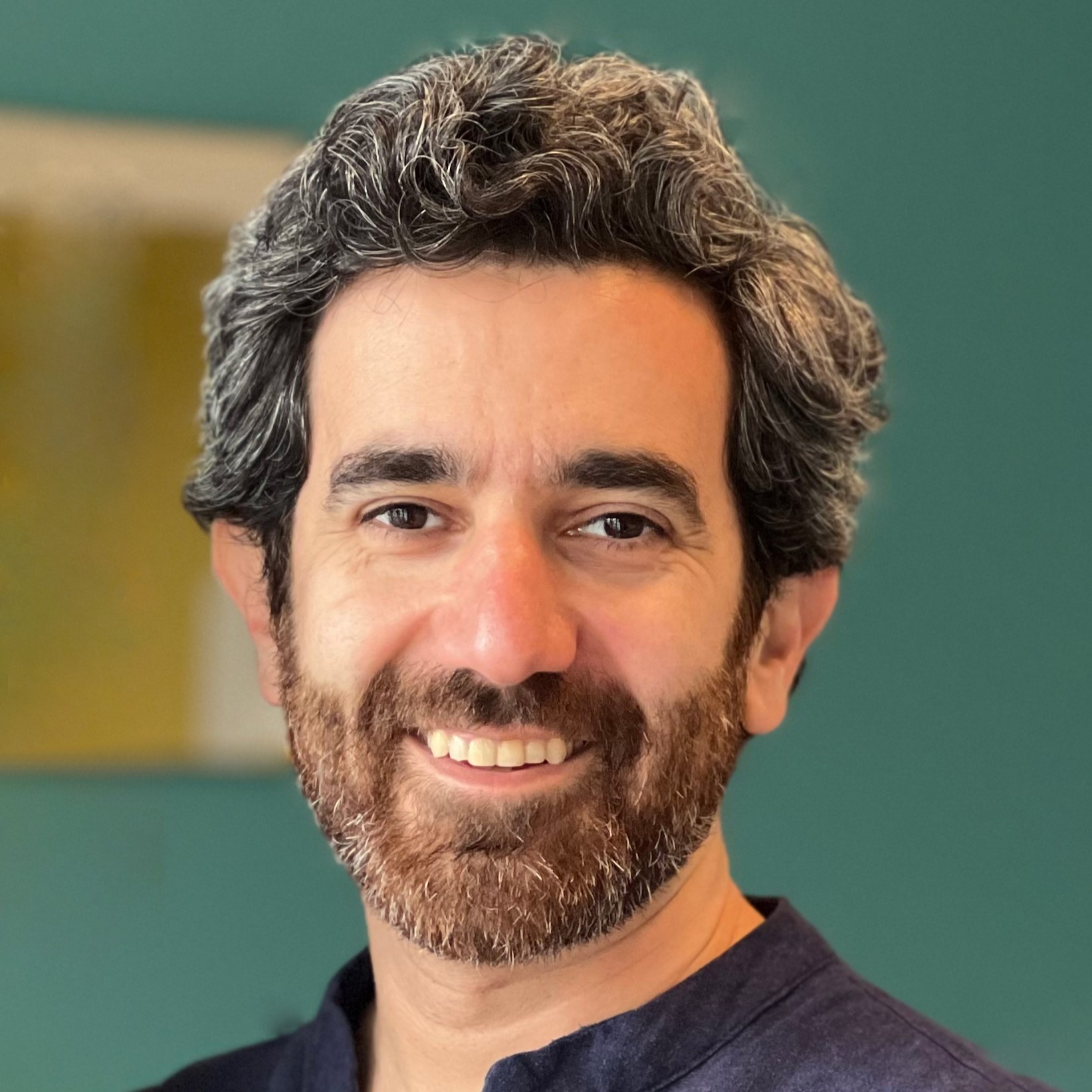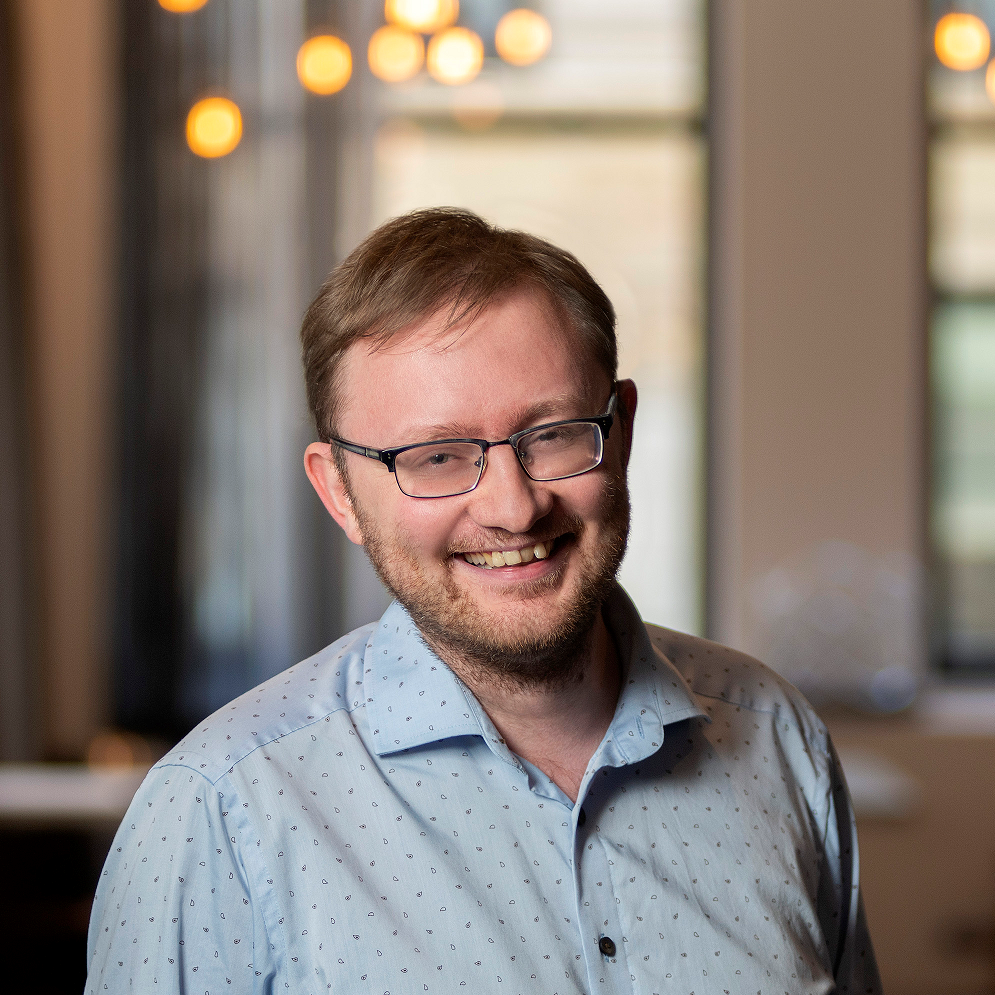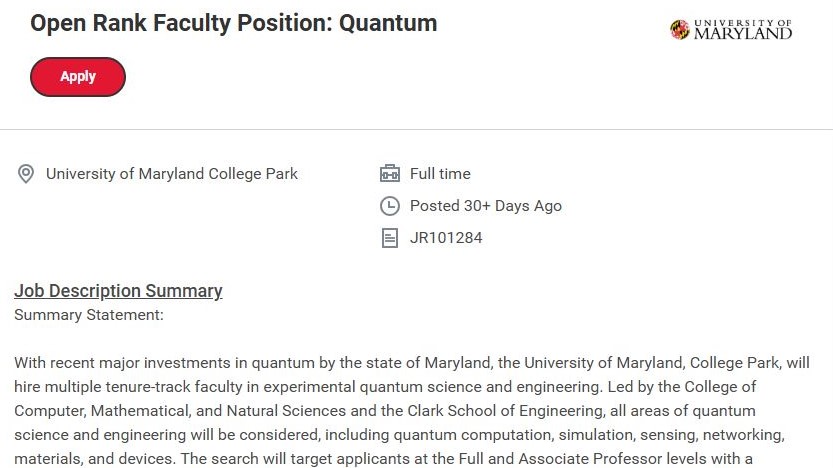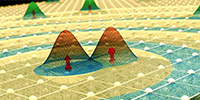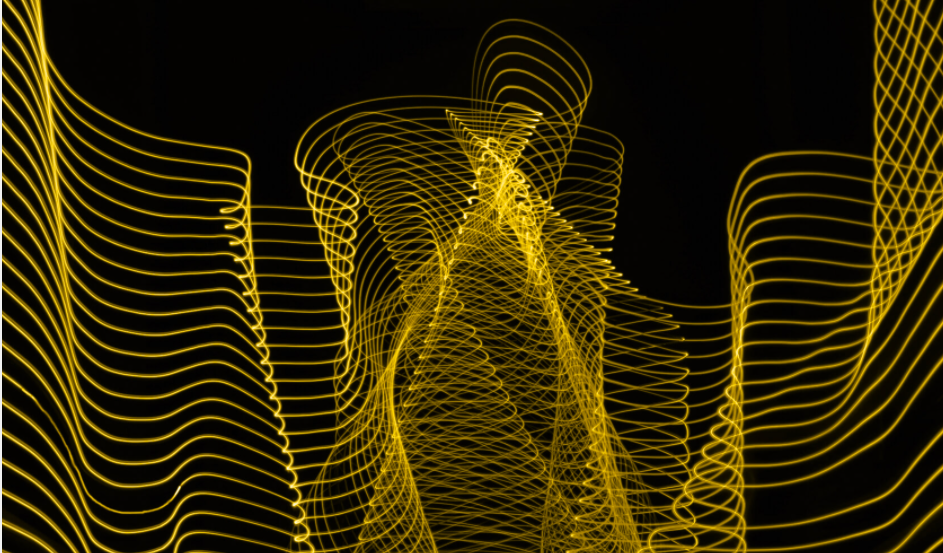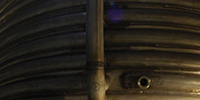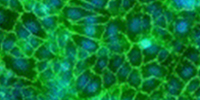September 28, 2010
The recent discovery of topological phases of matter in solid-state systems has captured the imagination of physicists around the world with tantalizing properties such as protected boundary modes, exotic electromagnetic response, and possible non-Abelian excitations, which have potential applications ranging from semiconductor spintronics to topological quantum computing and quantum sensing.
Despite the exotic nature of these states, they may occur in a variety of conventional material systems, where the internal spin degree of freedom of the electron is coupled to its motion. In this talk, I will review recent theoretical progress in understanding exotic phases and phenomena that arise in such spin-orbit-coupled systems. Basic concepts of topological insulating states will be emphasized.
It will also be shown that some exotic topological textures survive in gapless, metallic samples, where, however, they are strongly affected by disorder.
Our theory of spin diffusion in such systems and its recent experimental verification will be briefly discussed. In the end of the talk, I will show how effective spin-orbit-couplings and topological states can be artificially engineered in cold-atom experiment. These synthetic spinor structures give rise to an amazing variety of completely new quantum many-body states, such as a spin-orbit-coupled Bose-Einstein condensate of (pseudo)-spin-1/2 bosons, a unique state of matter, that was predicted theoretically and discovered experimentally at the Joint Quantum Institute.
-------------------------------------------------------------------------------------------------------------------------------------------------------------------------------------------------
Colloquia are held Tuesdays in Room 1410 at 4:00 pm (preceded by light refreshments at 3:30). If you have additional questions, please call 301-405-5946.







